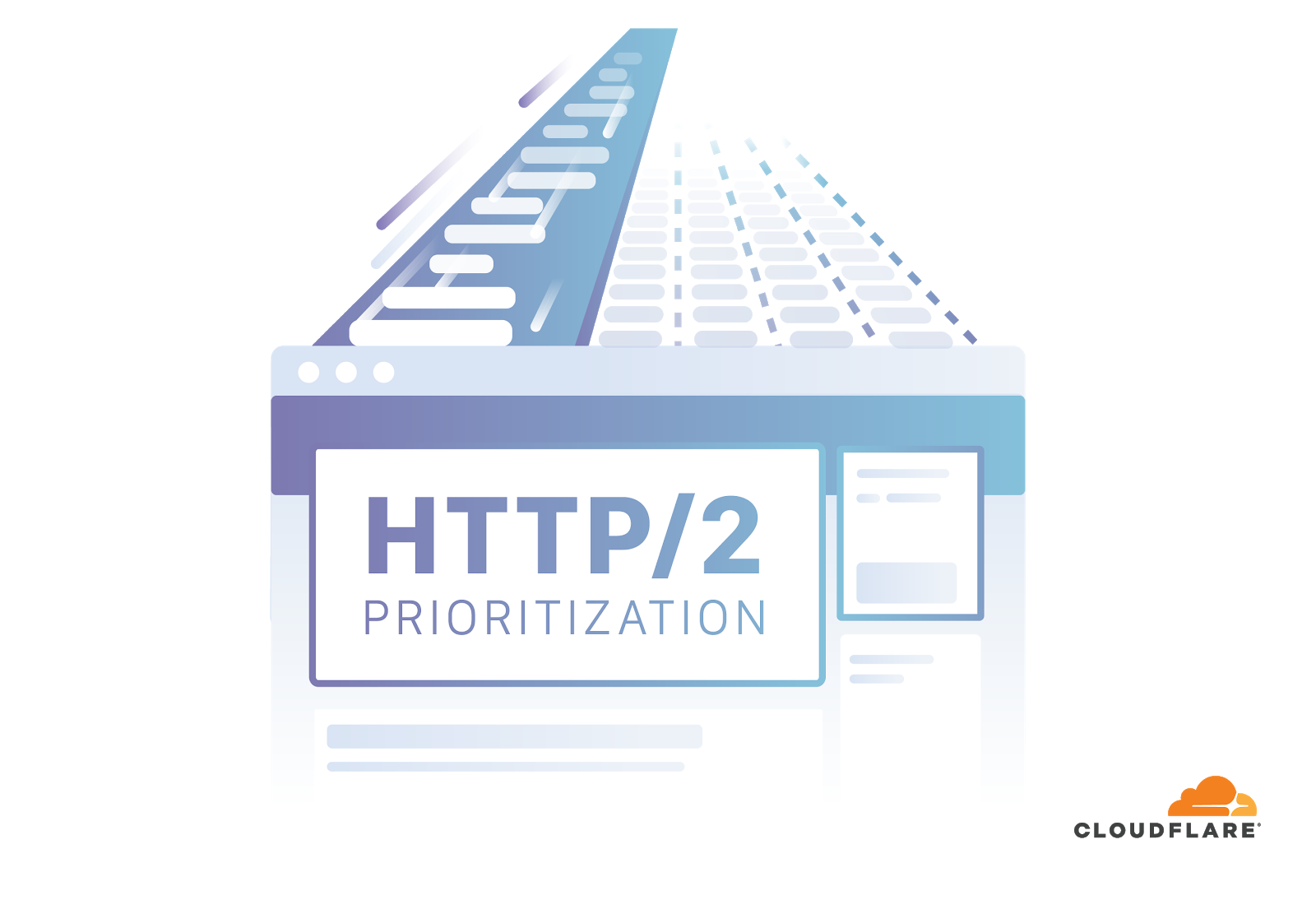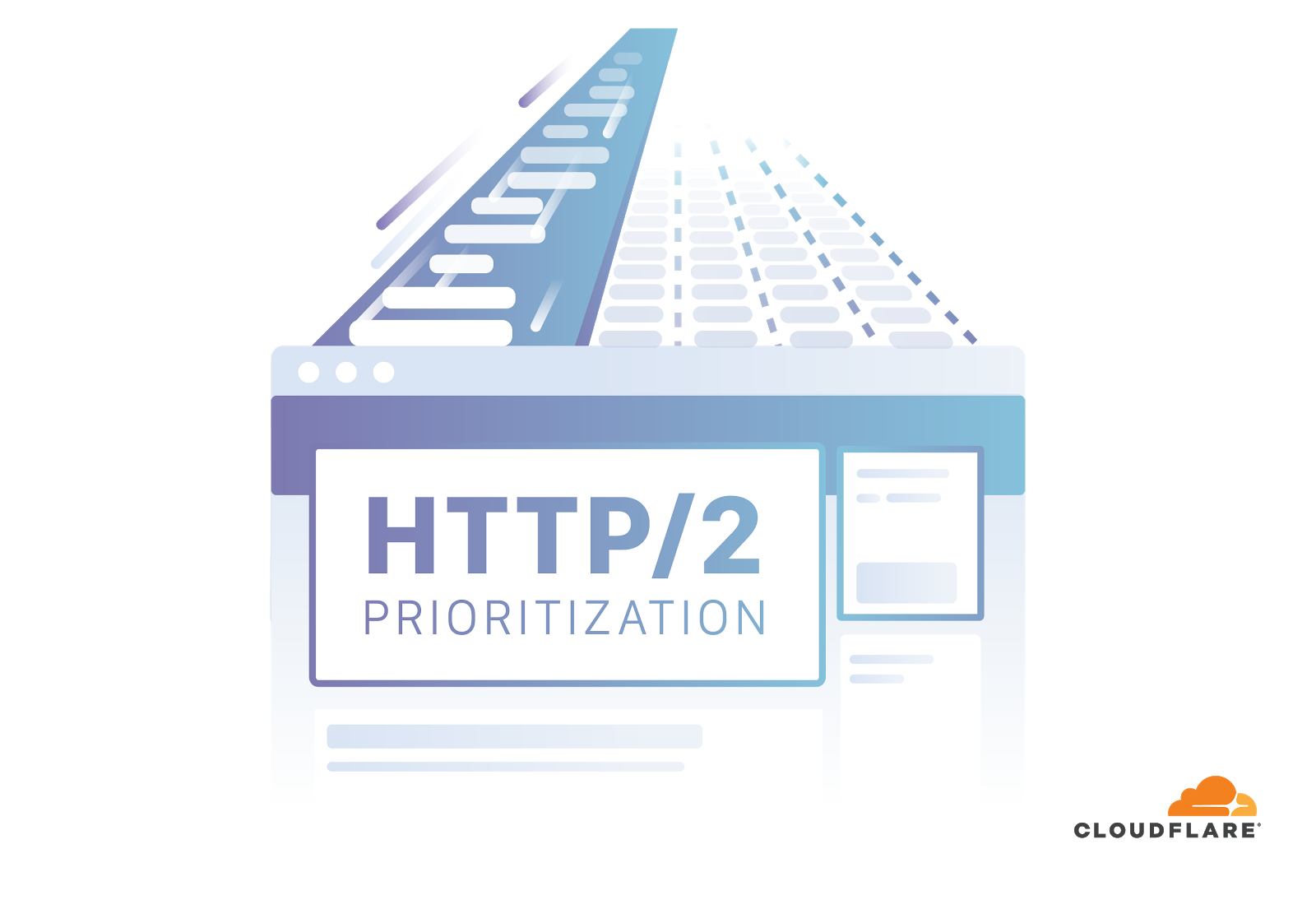0
In Systemantics: How Systems Really Work and How They Fail, John Gall says:
A complex system that works is invariably found to have evolved from a simple system that worked. A complex system designed from scratch never works and cannot be patched up to make it work. You have to start over with a working simple system.
In the software development world, this is called Gall’s Law (even though Gall himself never calls it a law) and is applied to organizations and software systems. How does this apply to network design and engineering? The best place to begin in answering this question is to understand what, precisely, Gall is arguing for; there is more here than what is visible on the surface.
What does a simple system mean? It is, first of all, an argument for underspecification. This runs counter to the way we instinctively want to design systems. We want to begin by discovering all the requirements (problems to be solved and constraints), and then move into an orderly discussion of all the possible solutions and sets of solutions, and then into an orderly discussion of an overall architecture, then into a nice UML chart showing all the interaction Continue reading



 The OpenStack Foundation needs to keep pushing innovation because the rest of the ecosystem is not...
The OpenStack Foundation needs to keep pushing innovation because the rest of the ecosystem is not... The vendors’ relationship was born in the cloud, and now they are moving in together into...
The vendors’ relationship was born in the cloud, and now they are moving in together into... The countries four large carriers are reported to have come up with a plan that might help them...
The countries four large carriers are reported to have come up with a plan that might help them... Partnerships between large tech companies and telecom operators are growing as 5G efforts gain...
Partnerships between large tech companies and telecom operators are growing as 5G efforts gain...